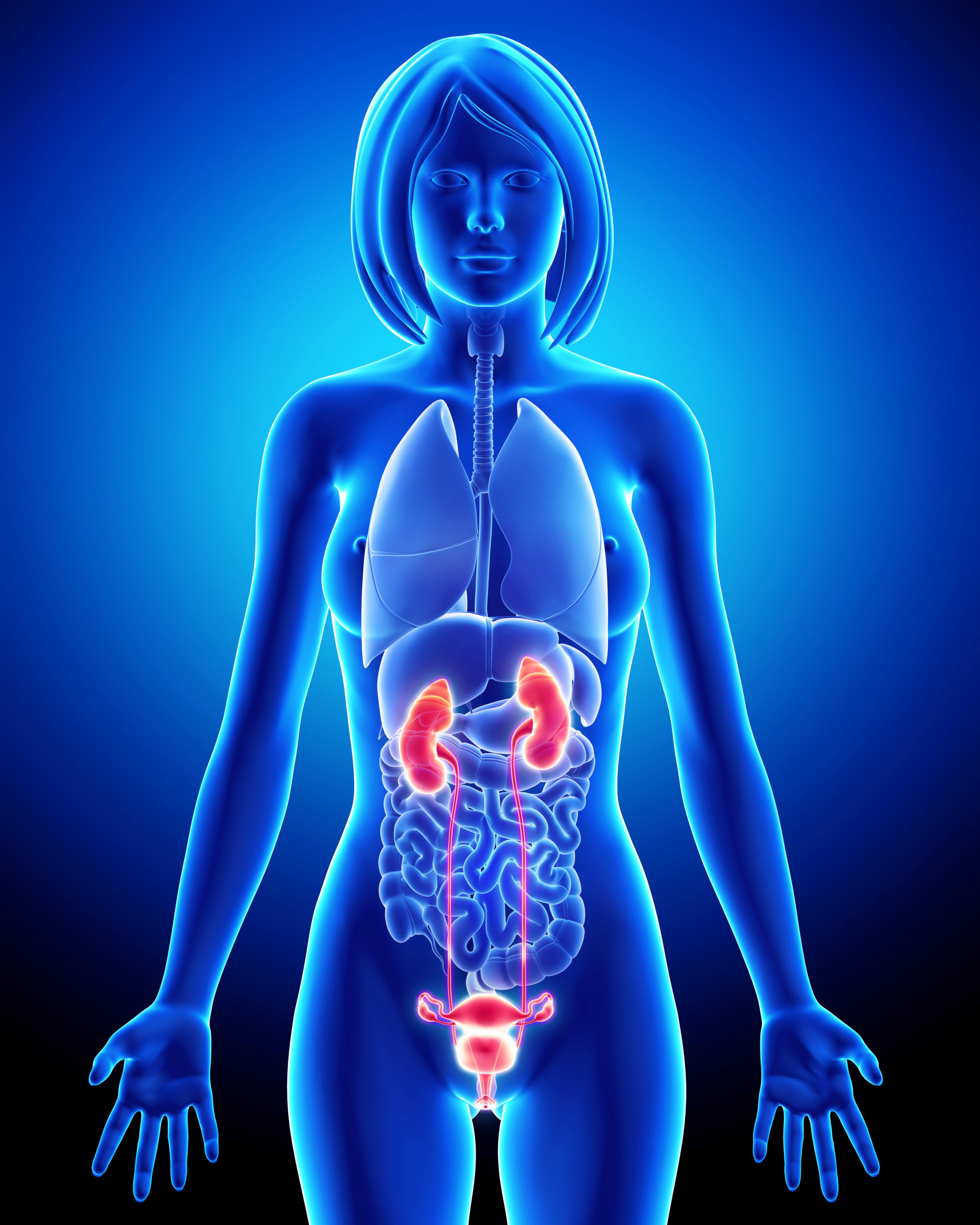
The reproductive glands consist of the testes in males and the ovaries in females. They are the primary source of sex hormones. The ovary is an ovum-producing reproductive organ found in pairs in the female reproductive system. Ovaries in women are analogous to testes in males—they are both gonads (reproductive) and endocrine glands. The ovaries produce egg cells necessary for reproduction and relaxin, inhibin, estrogen and progesterone, all of which influence female characteristics and reproductive functions.
The testicle is the male gonad. Like the ovaries in women, the testes are components of both the reproductive and endocrine system. The primary functions of the testes are to produce inhibin, sperm (spermatogenesis), and androgens (primarily testosterone), which are responsible for the development of male characteristics.
As you have learned, maintaining healthy pH levels directly reflects the status of your health, consequently influencing your reproductive organs. Reproductive organs, just like other body systems, MUST have their pH within a healthy range in order to perform dynamically! Semen pH ranges from 7.2 – 7.8, whereas vaginal pH oscillates due to hormonal changes and menstrual cycles and normally ranges from 3.8 – 4.5. However, during ovulation, the vaginal pH ranges from 7 – 9. Luteinizing hormone increases, maintaining cervical mucus alkalinity, so sperm can survive up to 48 hours. This more alkaline environment is sperm-friendly, allowing fertilization to take place. At the same time, if the pH remains too alkaline outside of ovulation, adverse conditions will develop. In fact, the risk of infection is higher during ovulation as a result of this extreme shift in pH. The vagina favors acidic conditions the majority of the time, to prevent the overrun of pathogenic bacteria and yeast.
When acidic waste accumulates in the body’s tissues and fluids, numerous problems can result, disrupting normal reproductive functioning. Acidotic conditions in female reproductive organs during ovulation are toxic to sperm and make it hard for them to travel towards the egg, impeding conception. Simultaneously, acidic sperm are not effective at traveling towards the egg, much less fertilizing it!
Some of the pathogenic organisms that thrive in acidic environments can interfere with critical hormones and enzymes, creating hormonal imbalances and nutritional deficiencies that can eventually enact various disease states.
When tissue and fluid pH levels are off, vaginal pH levels fall out of balance as well. Often times this imbalance spawns a surge of alkalinity in the vaginal area allowing bad bacteria to proliferate at a rapid rate. Consistently overly alkaline vaginal pH conditions instigate bacterial and viral infections, fungal overgrowth, vaginal yeast infections, problems with menstrual cycles, urinary tract infections, difficulties in ovulation, fertility and conception, and general problems in the reproductive system. Conversely, males can experience prostatitis, impotence, and other abnormalities in the testes. In short, unresolved pH imbalances in the body upset the internal pH of the male and female reproductive organs, potentially DAMAGING their functionality.
In a 2015 study, the effect of pH on the motility, viability and capacitation of human sperm was examined. Researchers found that low cellular ATP energy at acidic pH’s resulted in decreased sperm movement and capacitation, which could very well be one of the underlying causes of male infertility. (1)
In 2015, Brazilian study researchers found that unexplained infertility could be linked to vaginal pH and cervical mucus abnormalities. A slight variation in cervical mucus, which is pH dependent, can create an adverse environment for sperm transport and survival causing infertility. (2)
“Women with disruptions in the vaginal ecosystem and pH have recently been reported to have decreased fertility and a longer time to successful conception. Delays in your journey to pregnancy become real when pH is out of kilter.” (Critchfield et al 2013) (3)
In order to maintain the proper vaginal pH adopt a pH balancing anti-inflammatory diet, AVOID excessive exposure to more alkaline sperm, smoking, extreme weight changes, synthetic birth control, and environmental xenoestrogens which promote estrogen dominance. Polycystic ovarian syndrome, medications, and stress can certainly alter pH levels in all areas of the body. Your toxic load plays a major part in a healthy reproductive system as well as the health of your unborn child, so please do a full body detox prior to conception!
1- https://www.ncbi.nlm.nih.gov/pmc/articles/PMC4501804/
2-http://www.scielo.br/scielo.php?script=sci_arttext&pid=S2358-04292015000200007
3- https://www.myisolove.com/fertility-and-ph/
Stock photo ID:461893059 -reproductive glands
